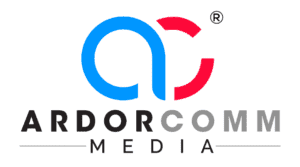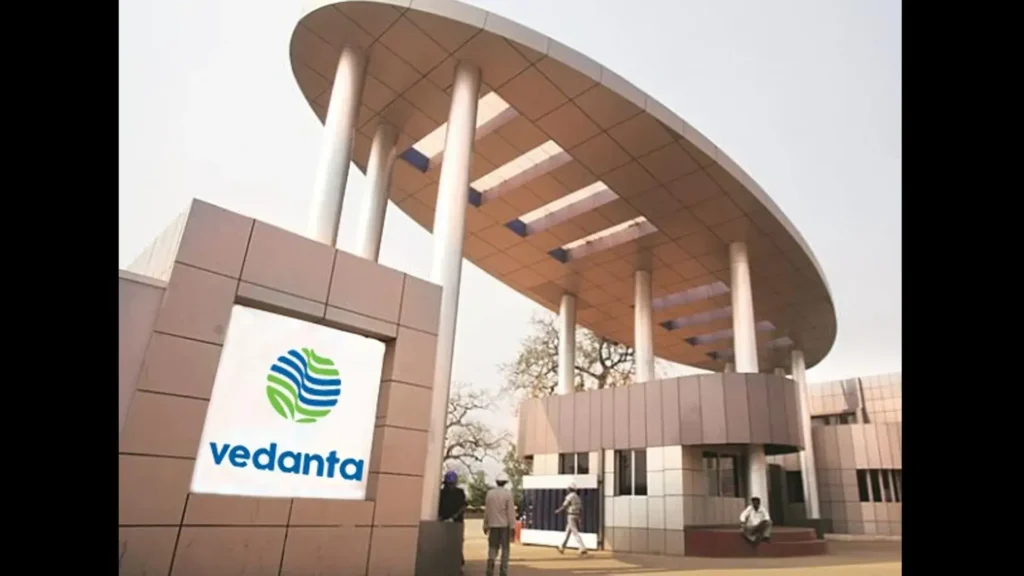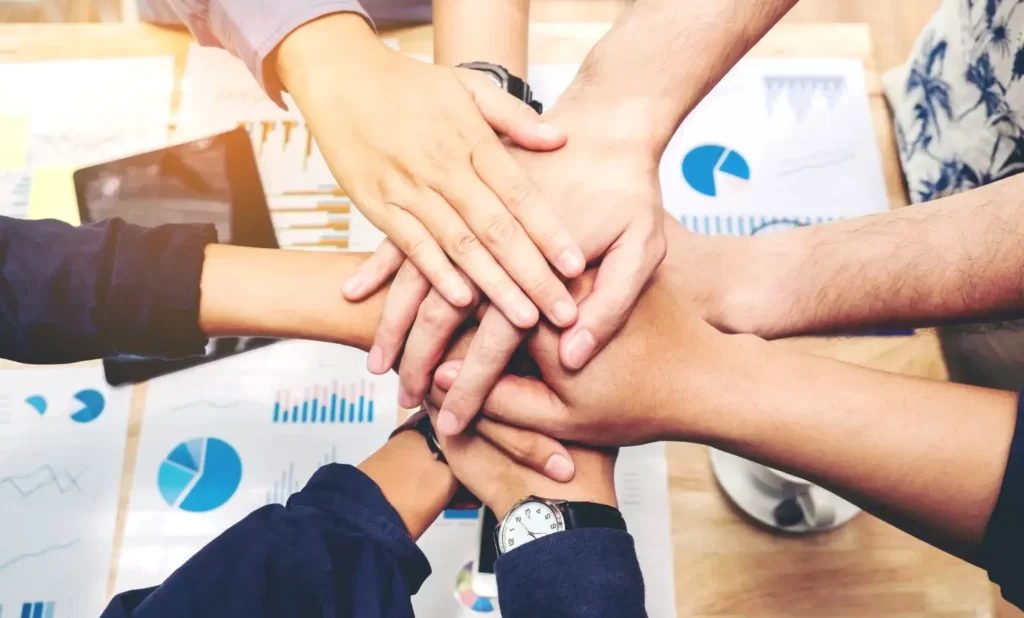Tata Steel Sets Ambitious Goal: 20% Diverse Workforce by 2028
Marking a decade since the inception of its flagship diversity and inclusion programme, MOSAIC, Tata Steel has reaffirmed its commitment to building an inclusive workplace by announcing a target to achieve 20% workforce diversity across the group by 2028. This announcement aligns with the company’s broader vision of challenging gender norms and breaking barriers in traditionally male-dominated industries. Tata Steel emphasized that its approach to diversity is not just policy-driven but deeply ingrained in its organisational ethos, aiming to foster a culture where every individual feels valued, respected, and empowered. Through progressive human resource policies, the steel major has created a support system that includes gender-neutral parental leave, equal benefits for LGBTQIA+ partners, assistance during gender transition, and inclusive relocation and travel policies — reflecting its commitment to a truly equitable workplace. MOSAIC, which was launched in 2015, serves as the cornerstone of this vision. Built on five strategic pillars — recruitment, sensitisation, retention & development, infrastructure, and celebration — the initiative is designed to cater to the unique needs of underrepresented groups such as women, people with disabilities, LGBTQIA+ individuals, and communities benefiting from affirmative action. “Tata Steel’s people-first philosophy has been a defining force in our journey for more than 100 years,” said Atrayee Sanyal, Chief People Officer at Tata Steel. “We believe diversity fuels innovation, and we remain committed to building a workplace that not only accepts but celebrates individuality.” Over the years, MOSAIC has been instrumental in introducing several pioneering initiatives. From the launch of the Women of Mettle scholarship in 2017 and Women@Mines programme in 2019 to the integration of transgender HEMM operators in 2021, the company has continuously pushed the envelope on inclusion. More recent milestones include the Ananta Quest for students with disabilities in 2023 and the induction of the first female firefighter trainees. In a groundbreaking move in 2024, Tata Steel also launched India’s first all-women mining shift at its Noamundi facility. These efforts reflect Tata Steel’s sustained drive to dismantle stereotypes and embed inclusivity into the fabric of its day-to-day operations, ensuring that every employee, regardless of identity or background, has the opportunity to grow and thrive. Source: PTI
Tata Steel Sets Ambitious Goal: 20% Diverse Workforce by 2028 Read More »



